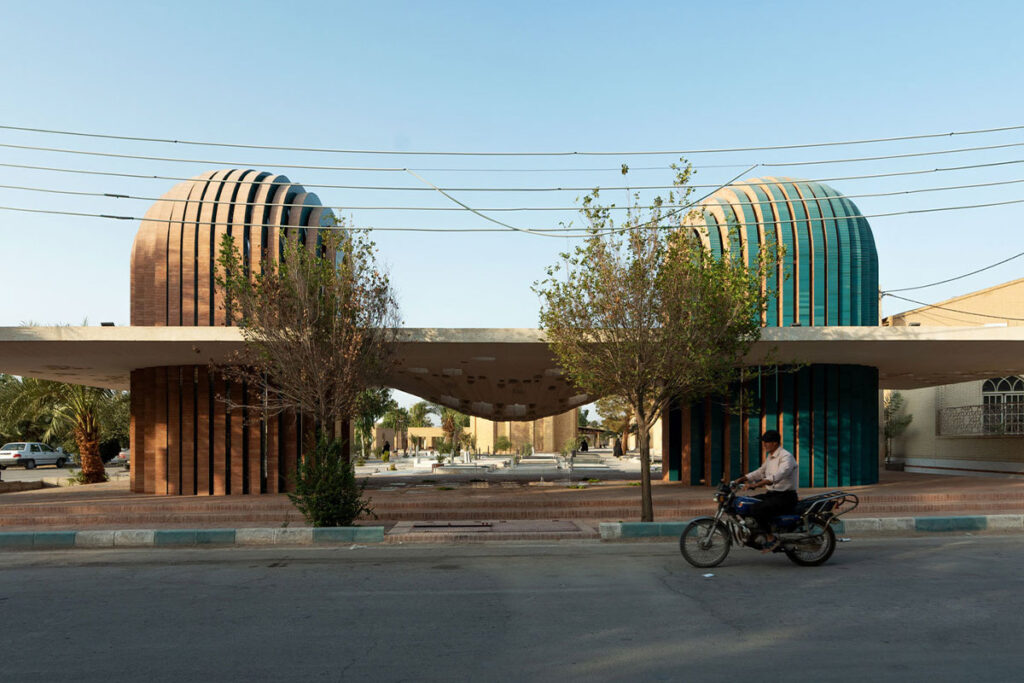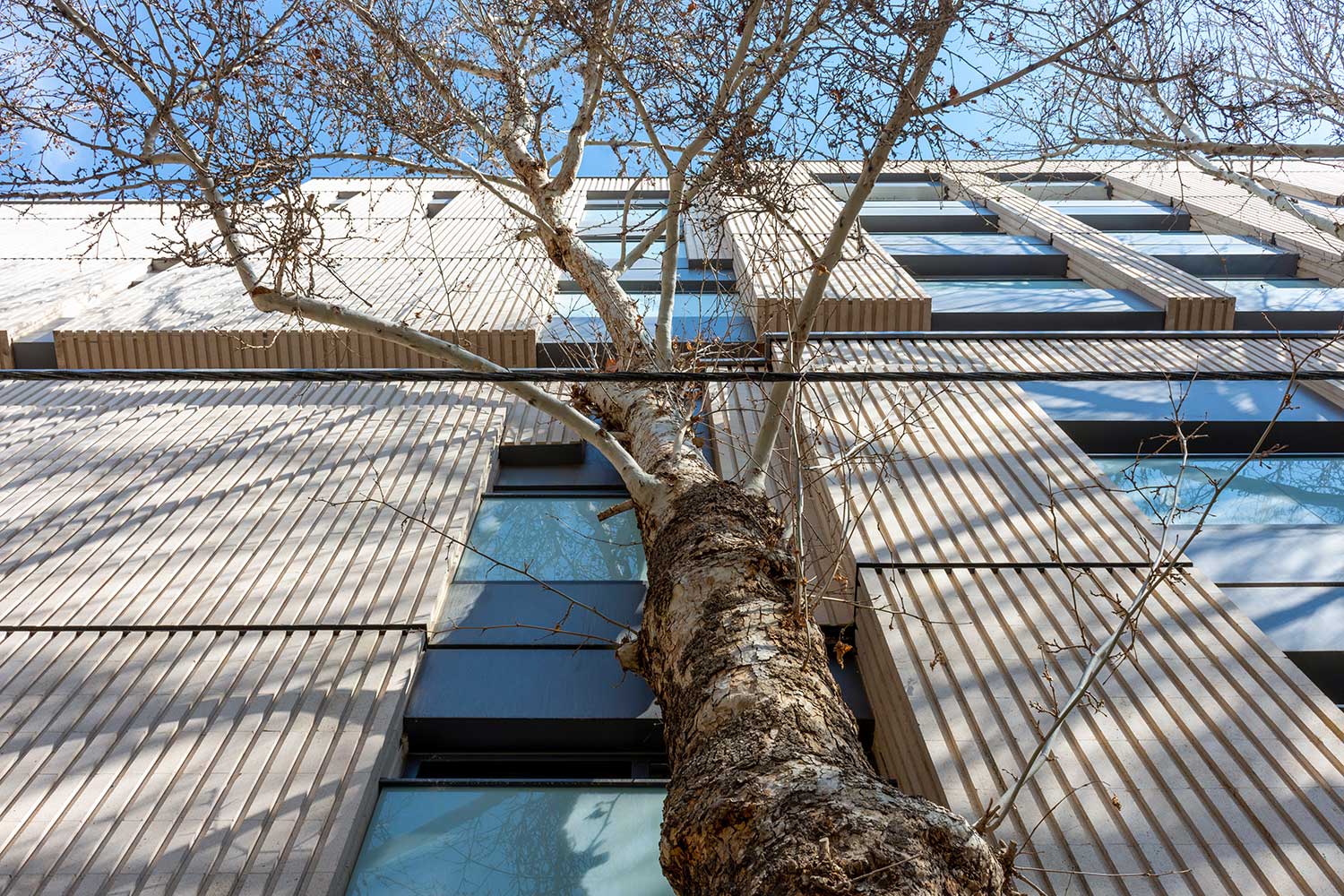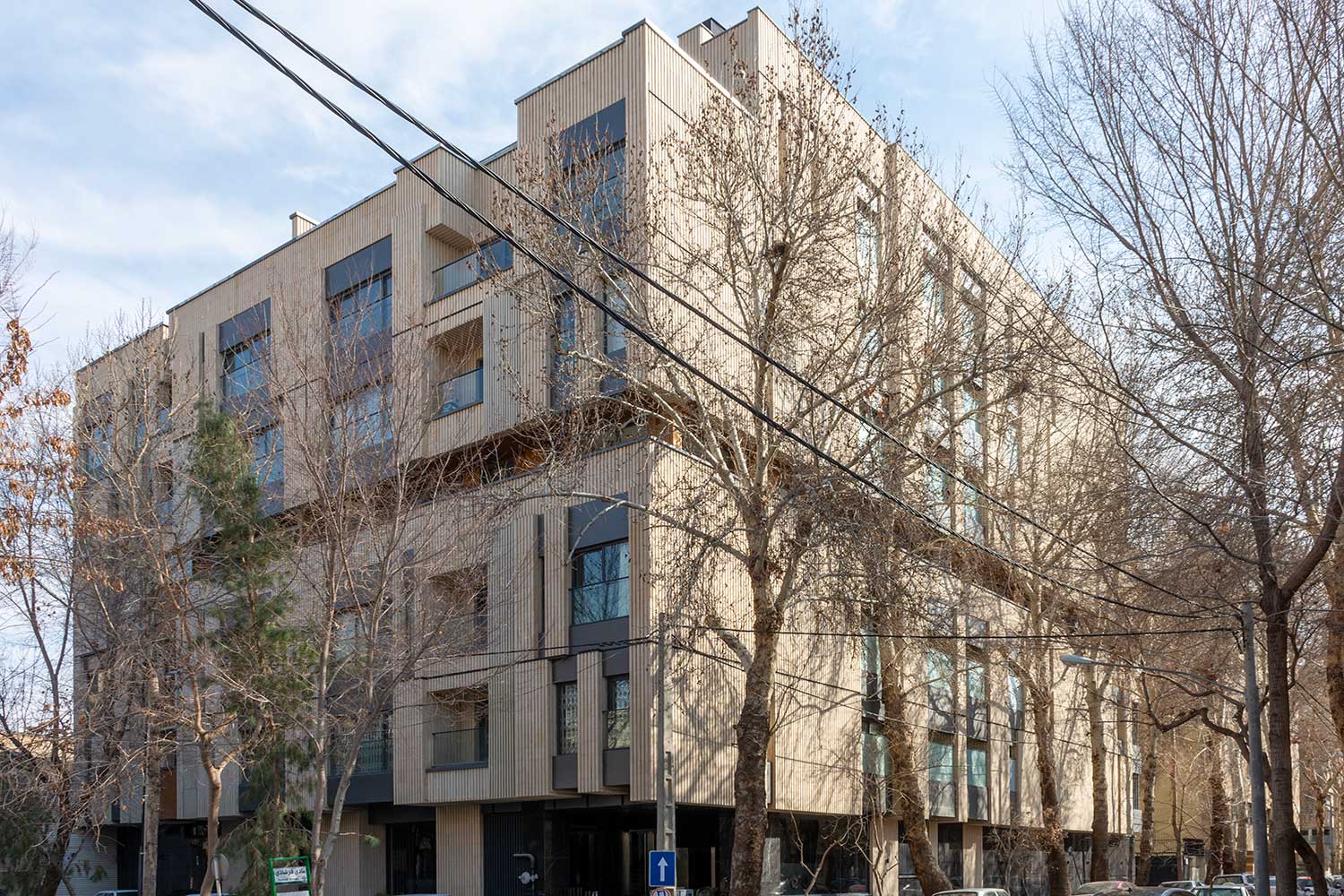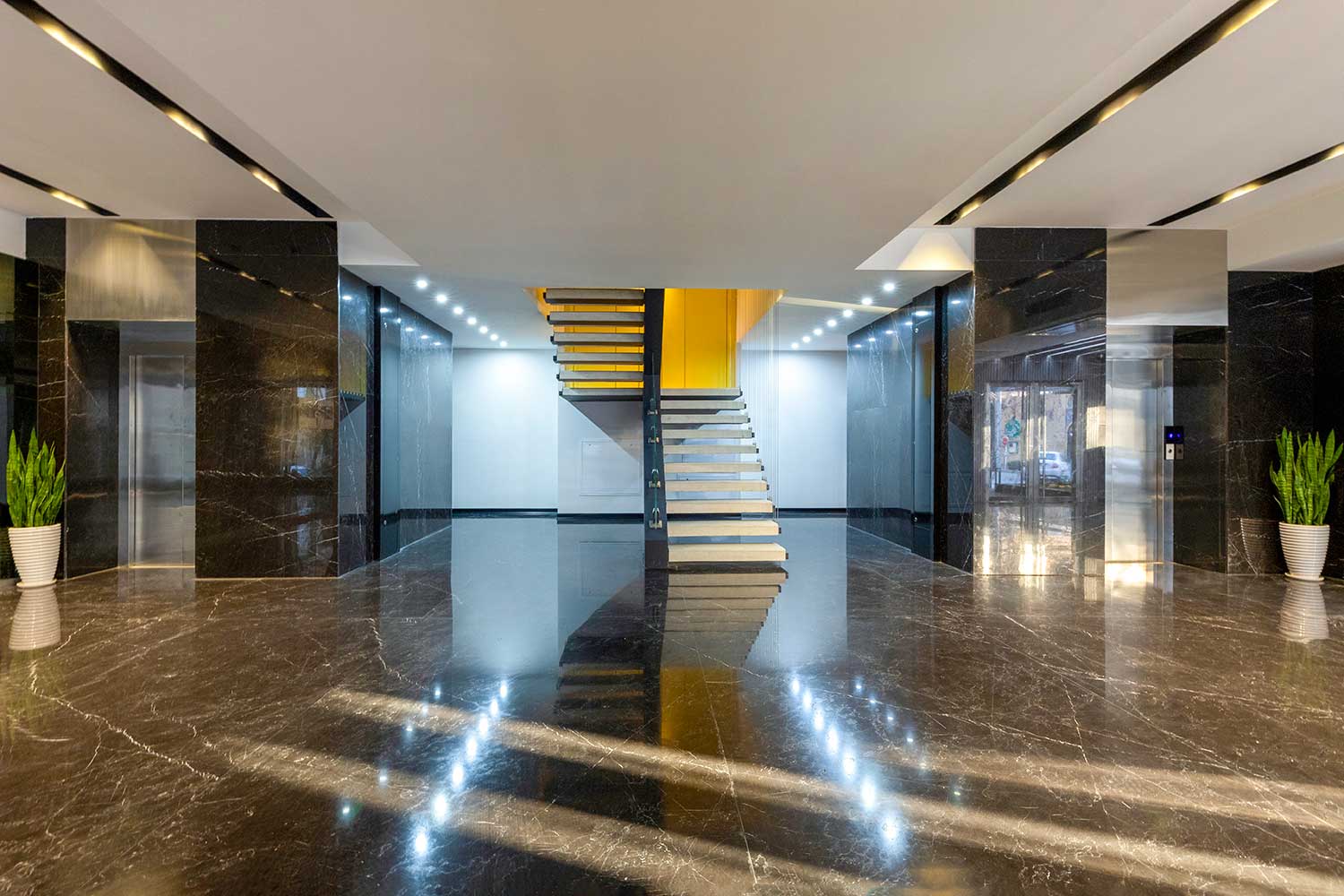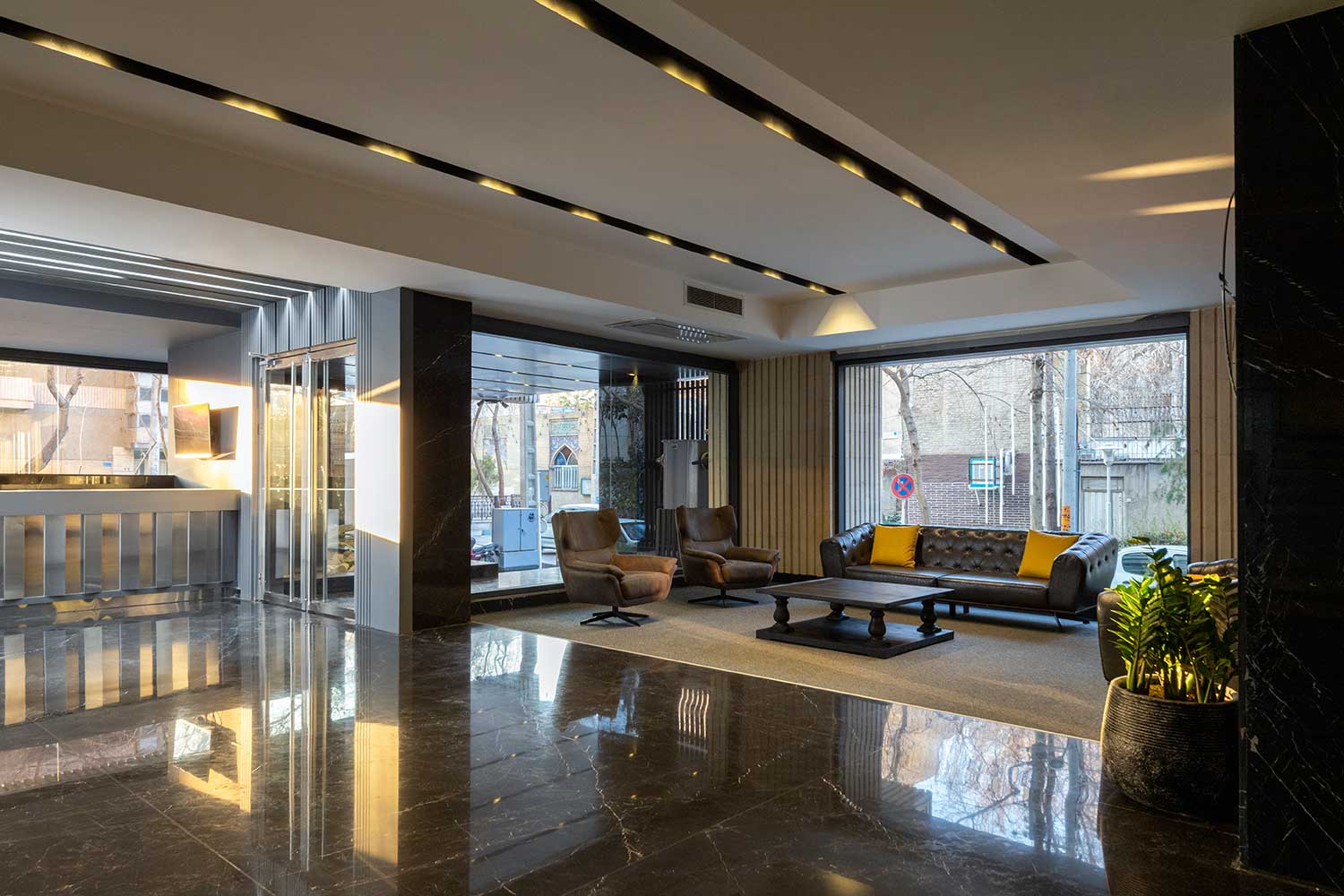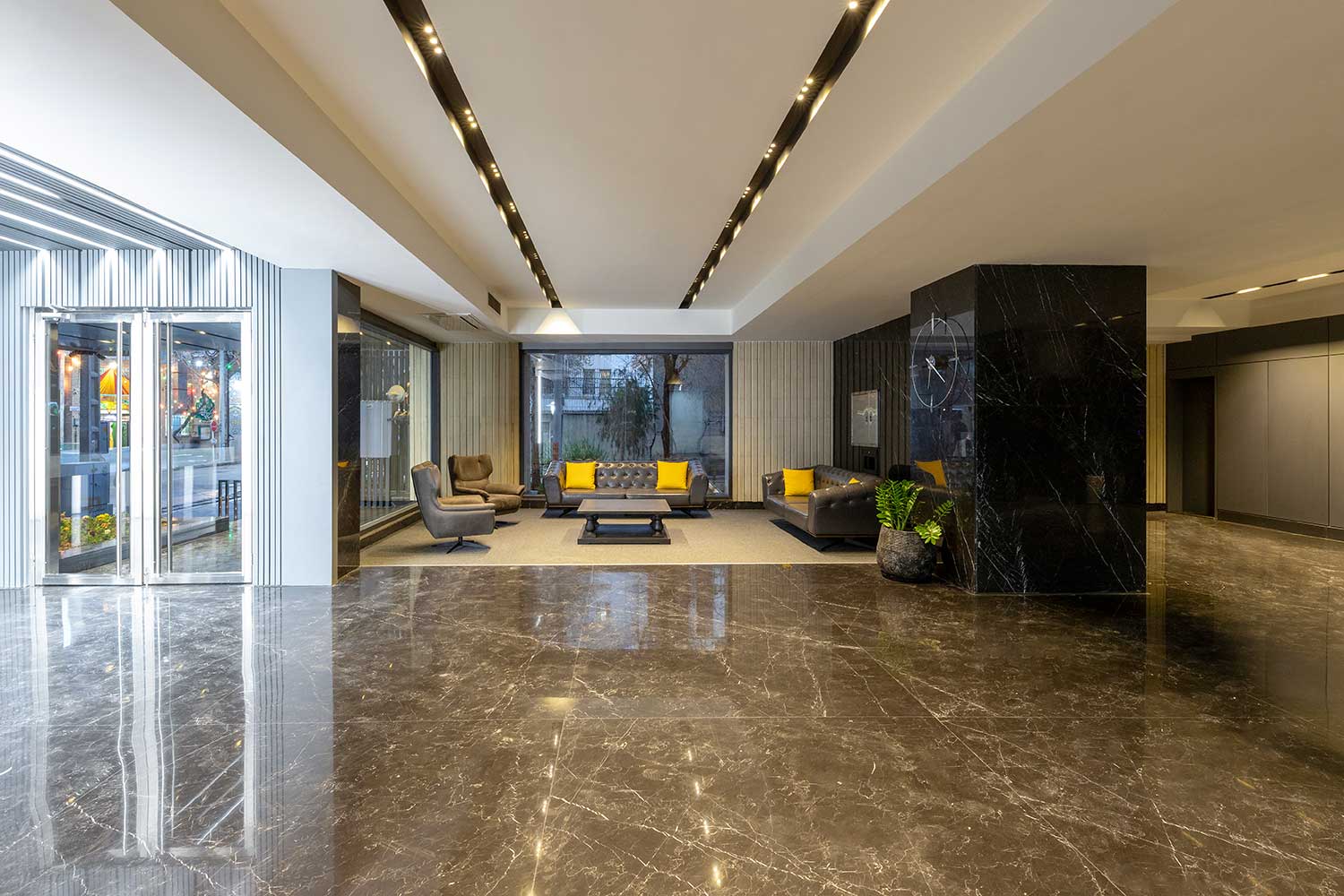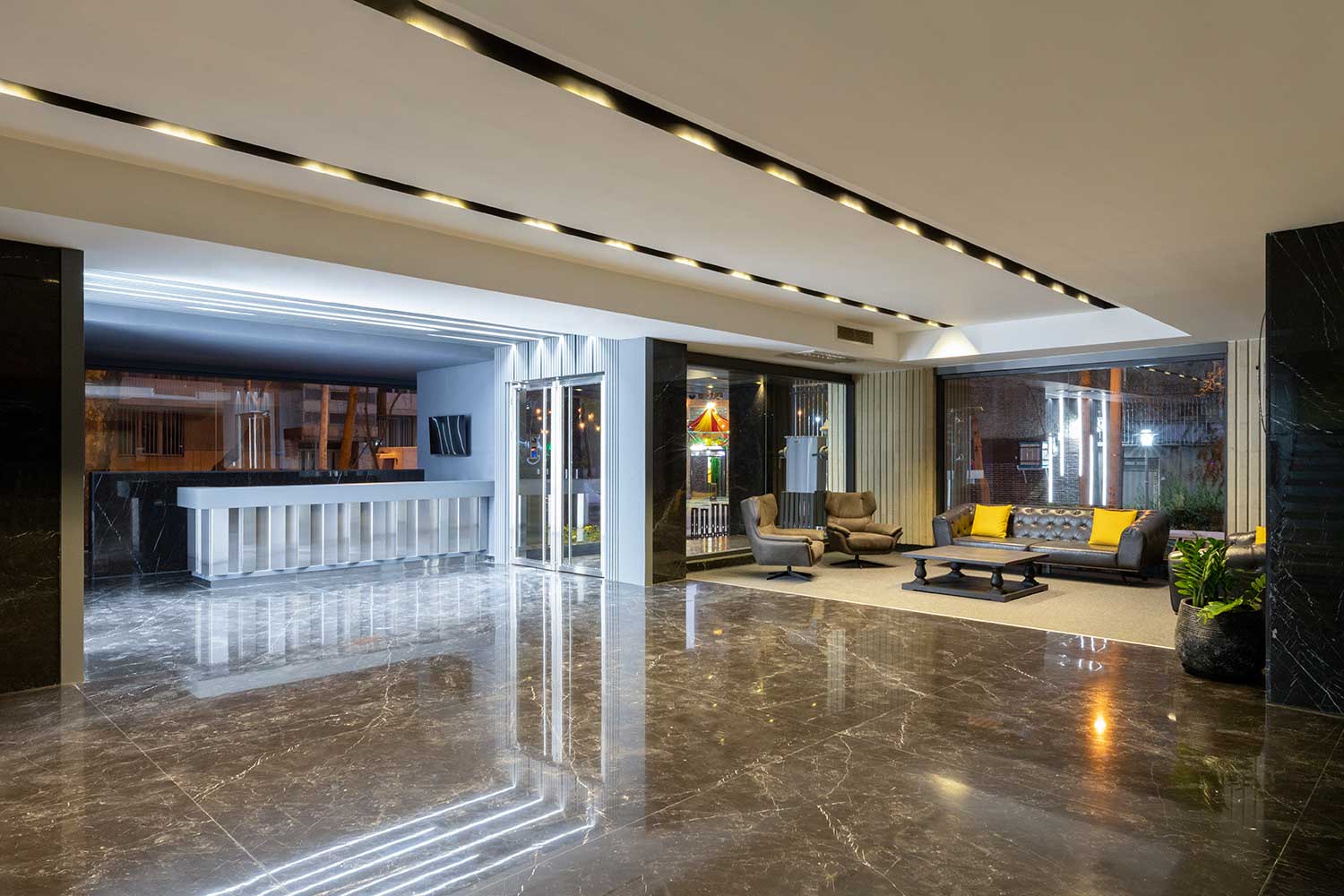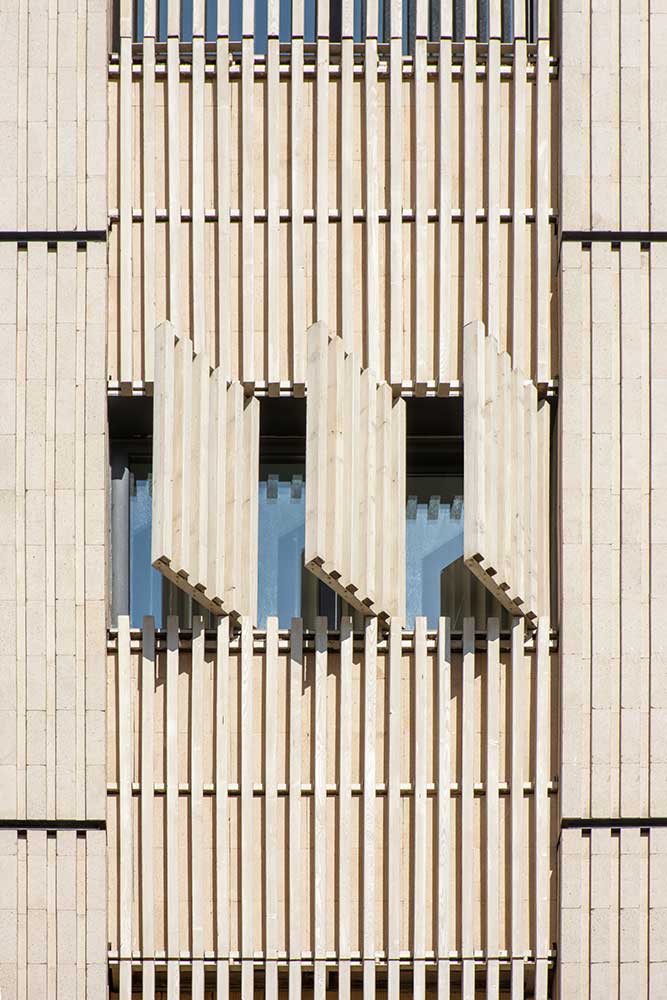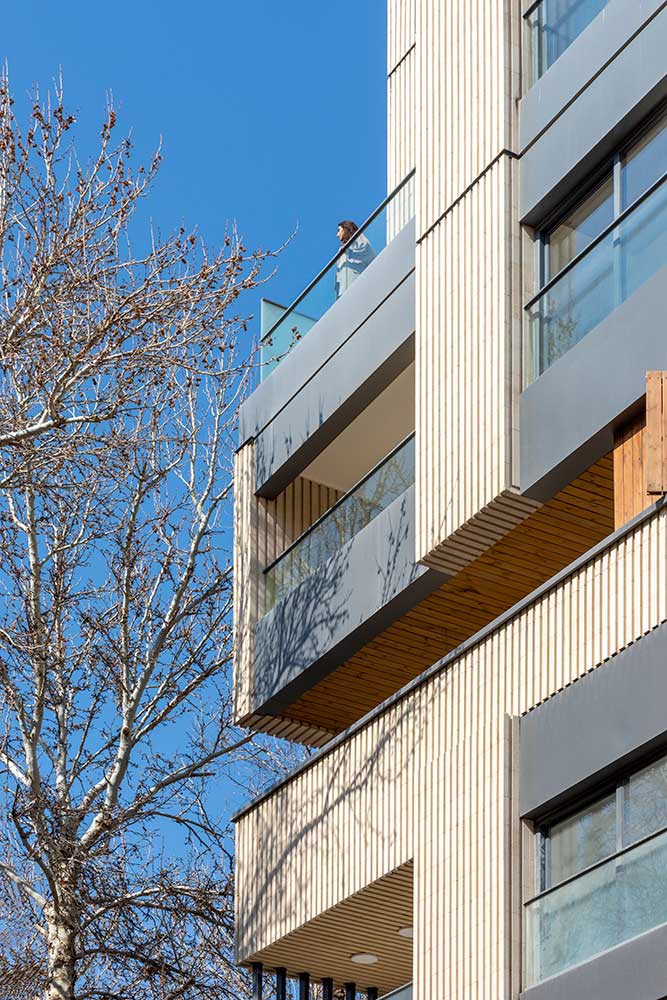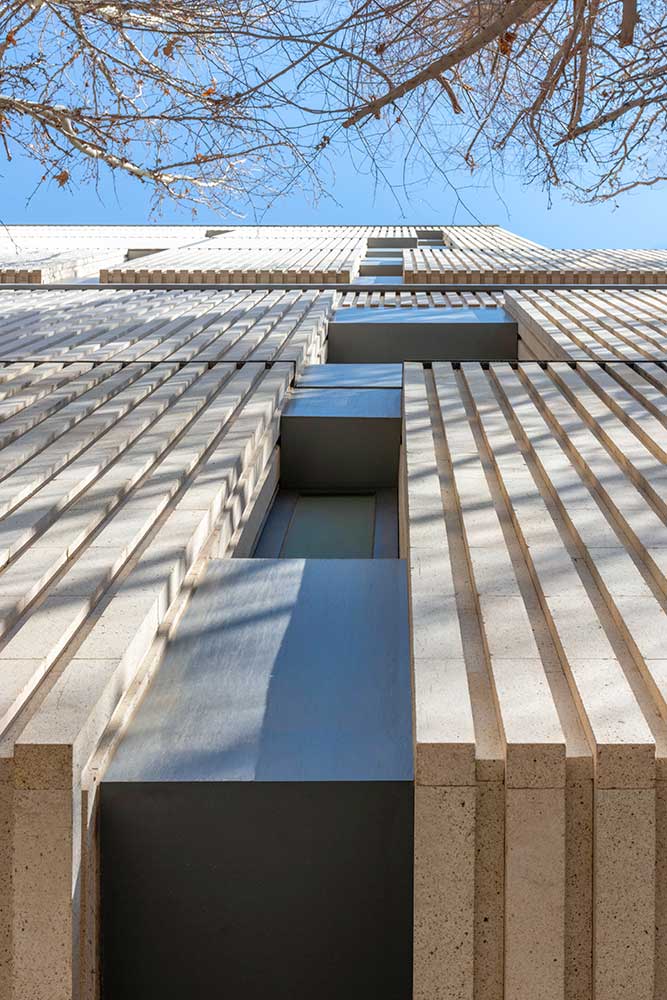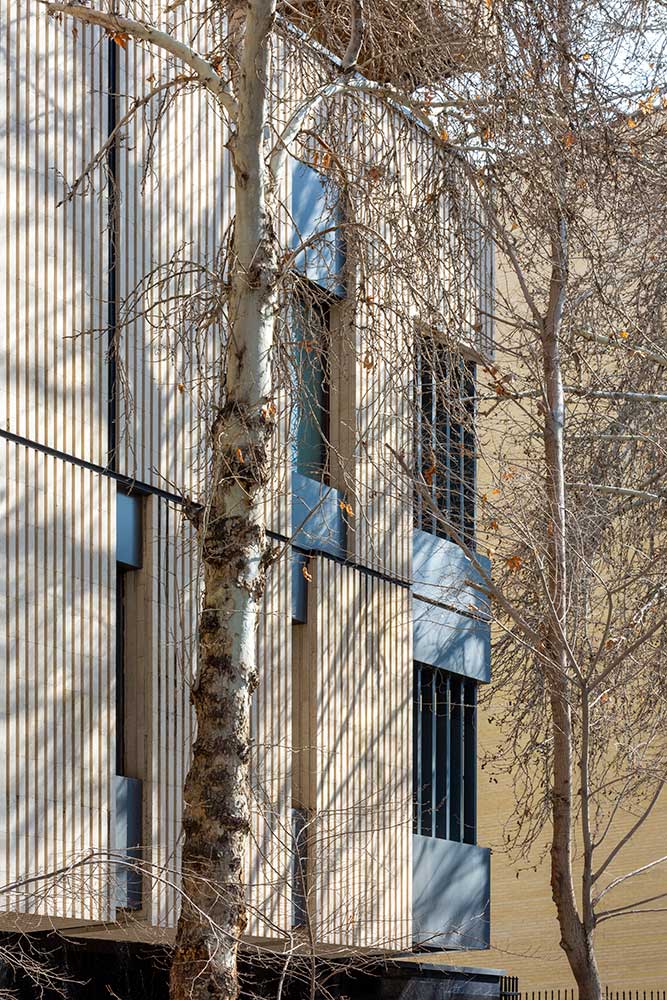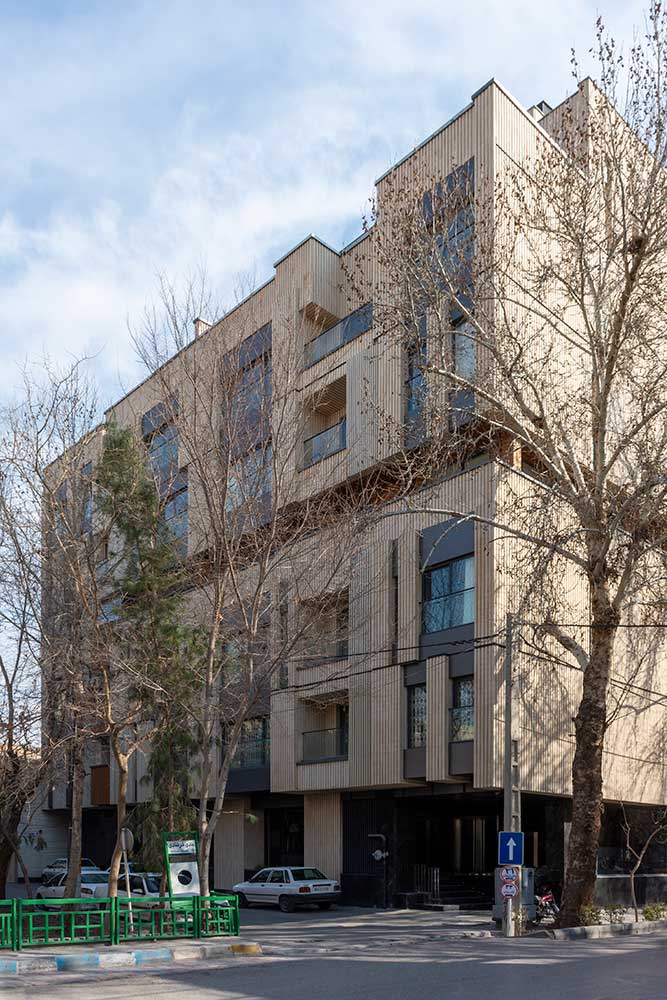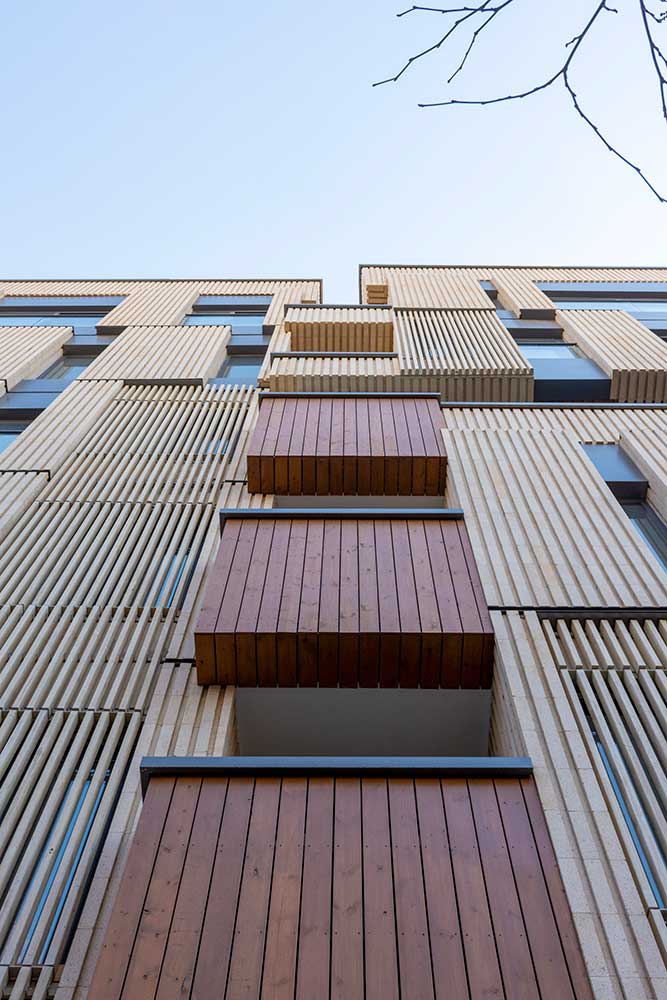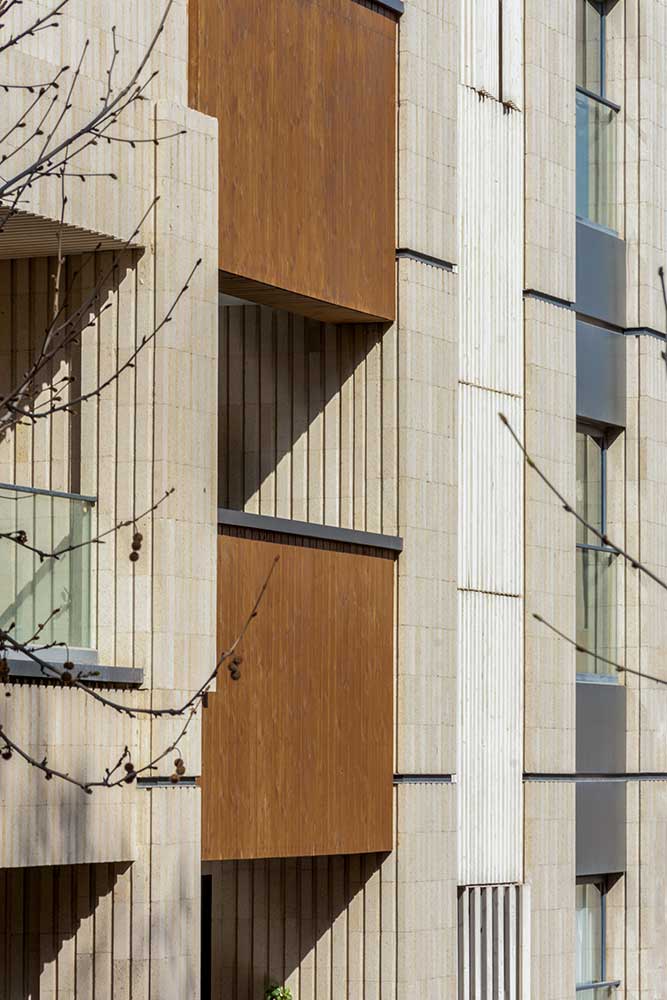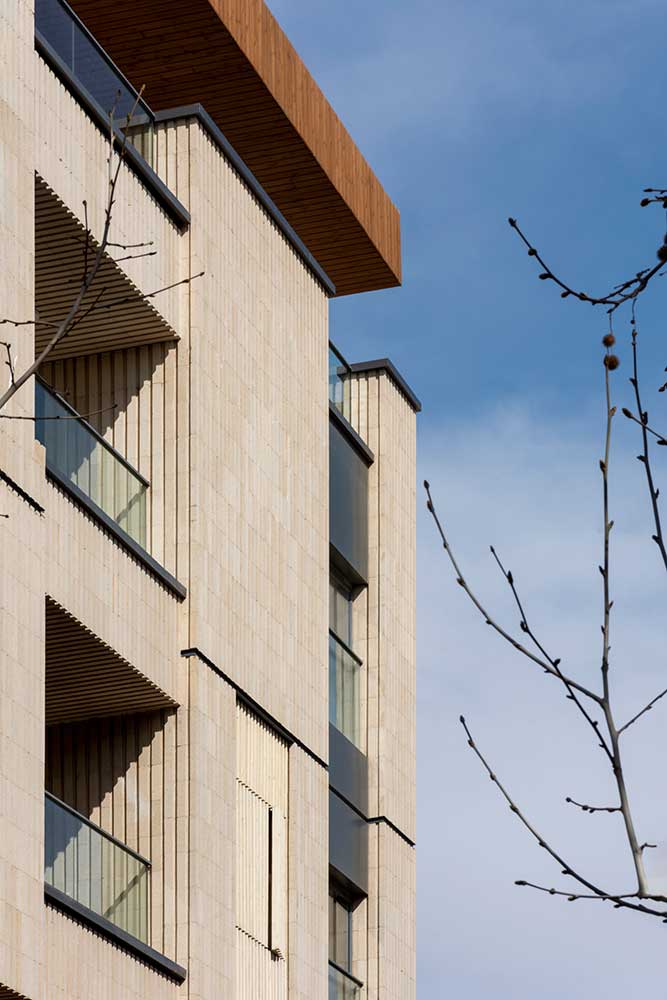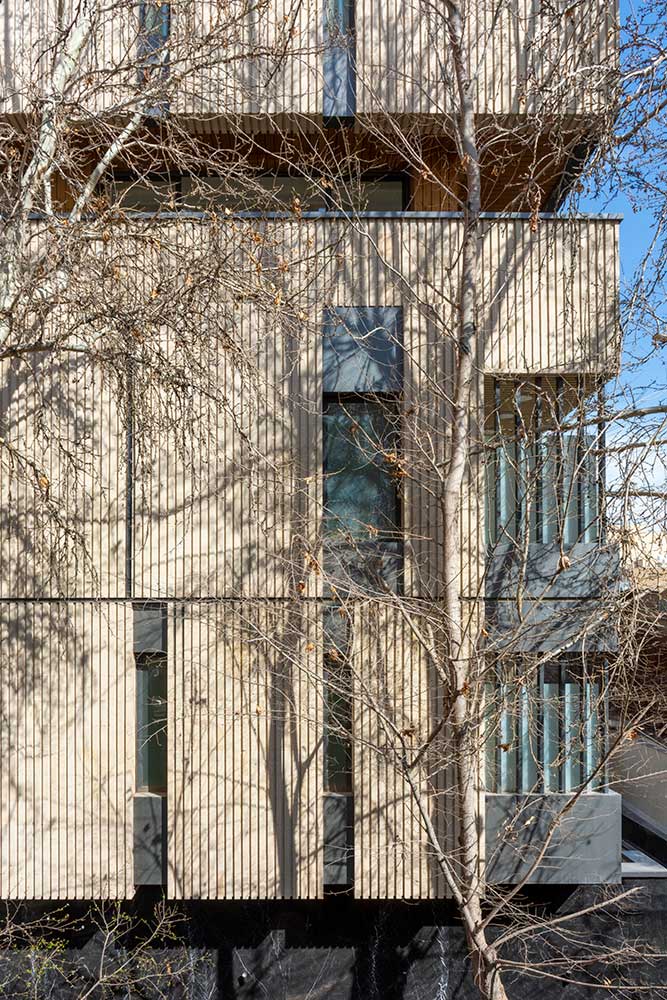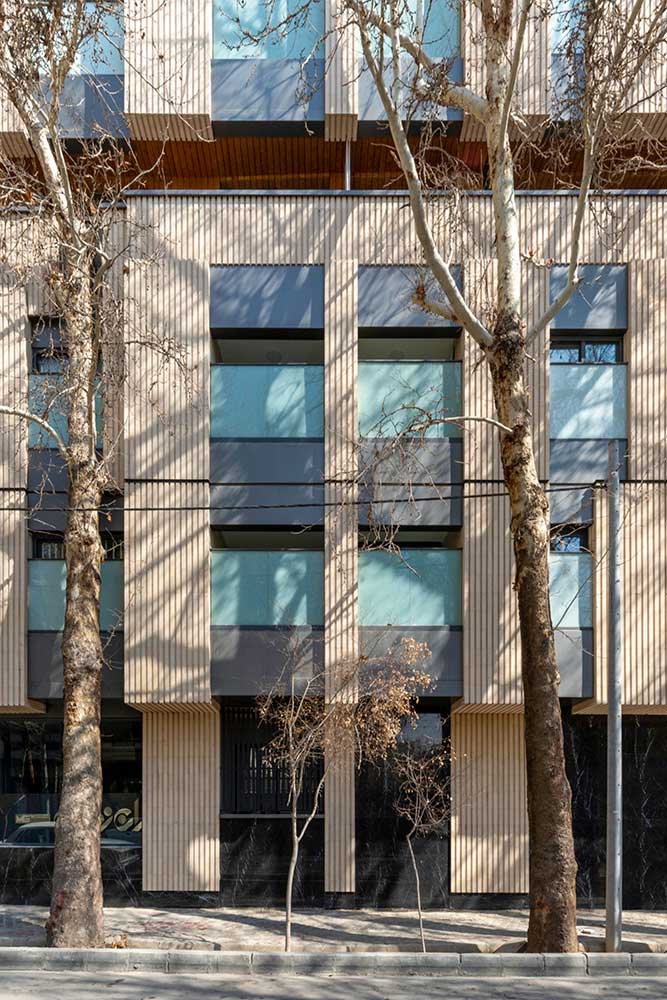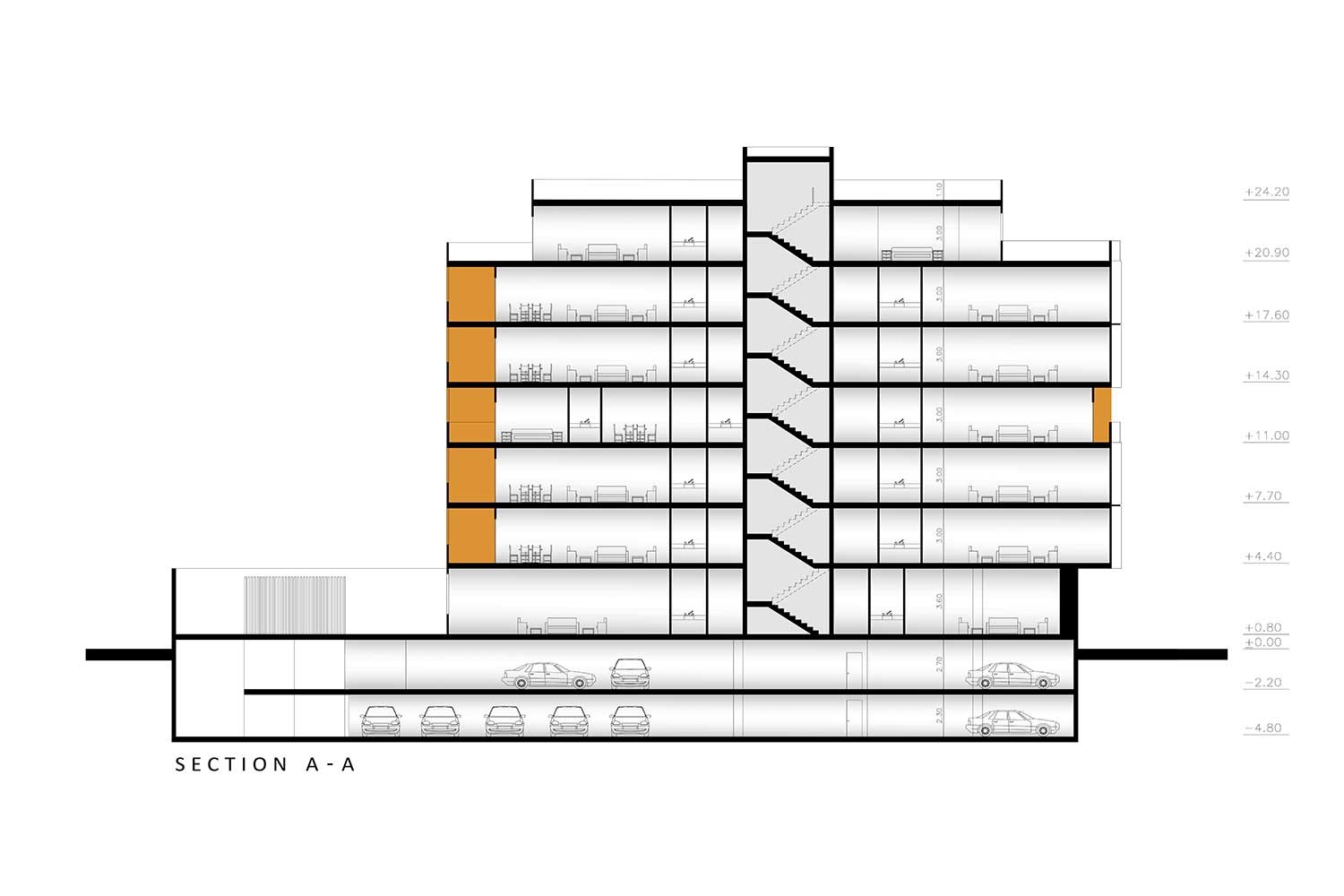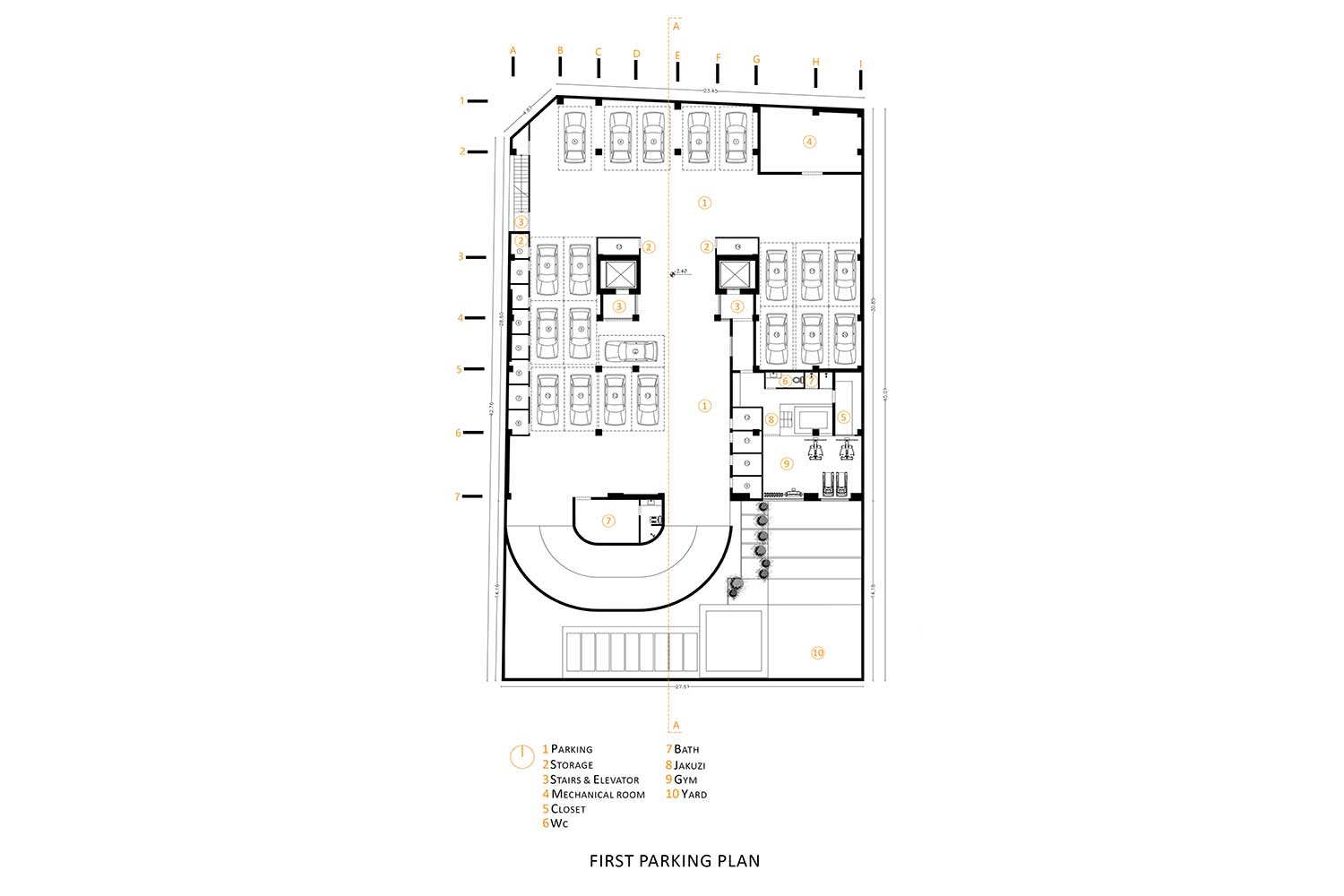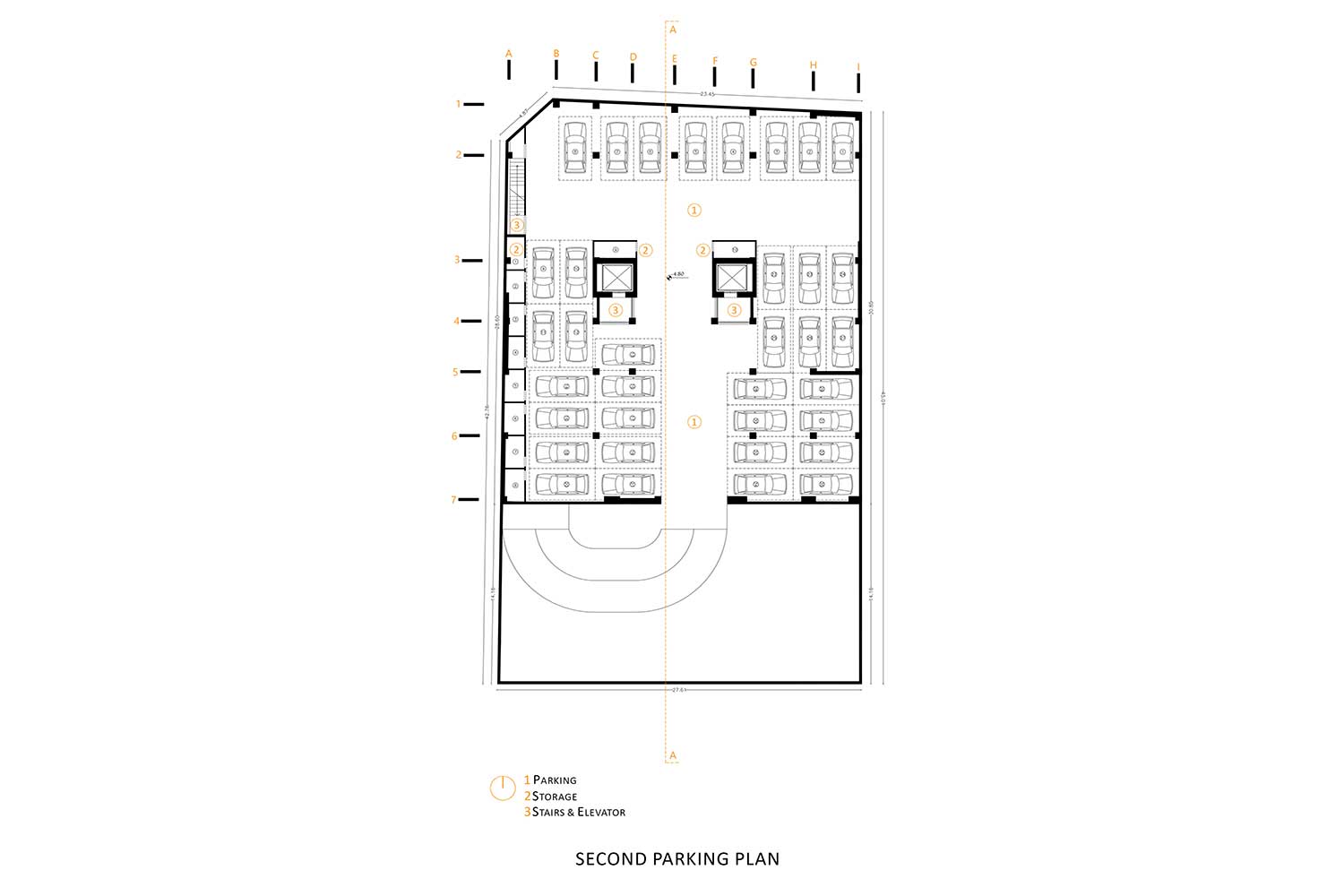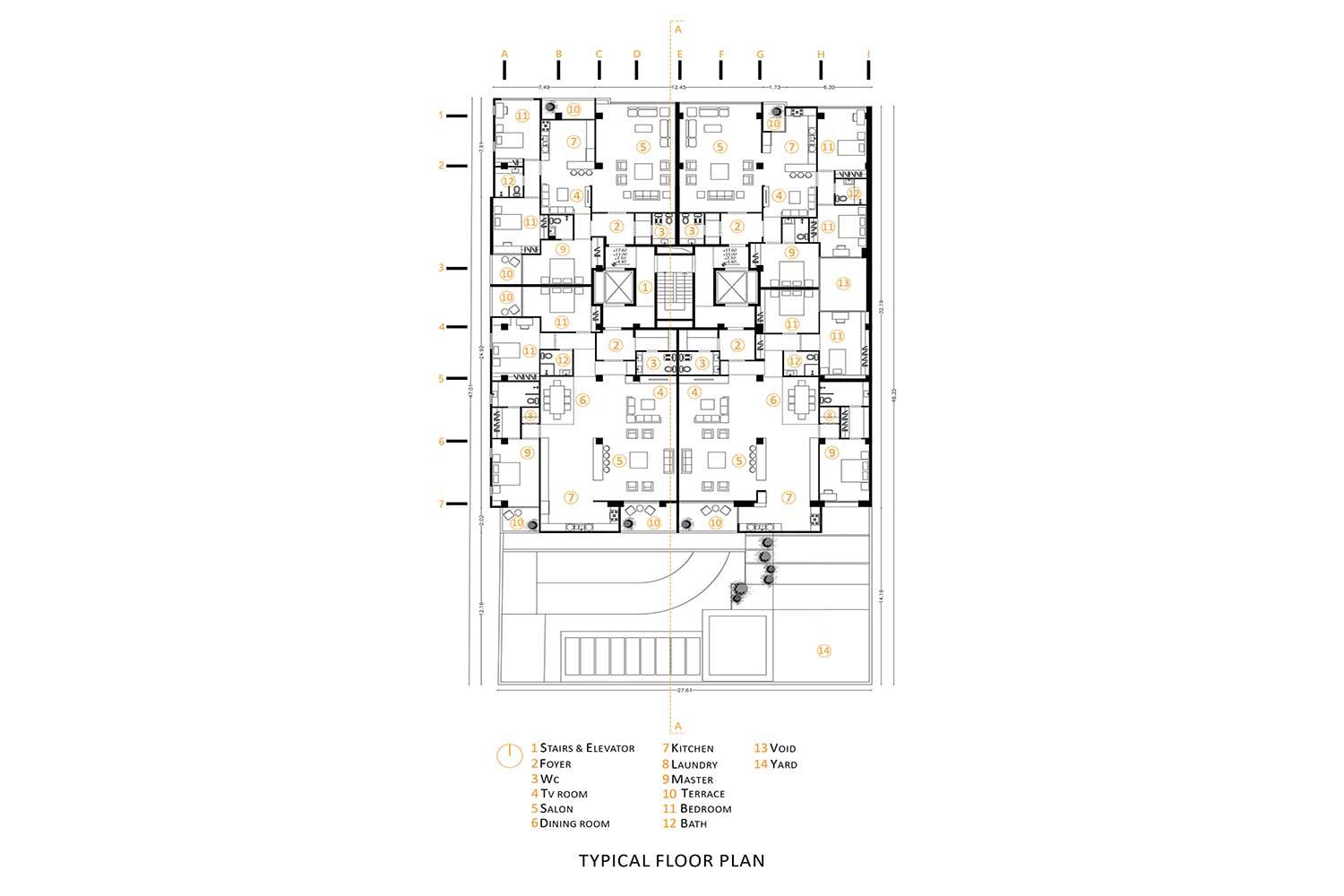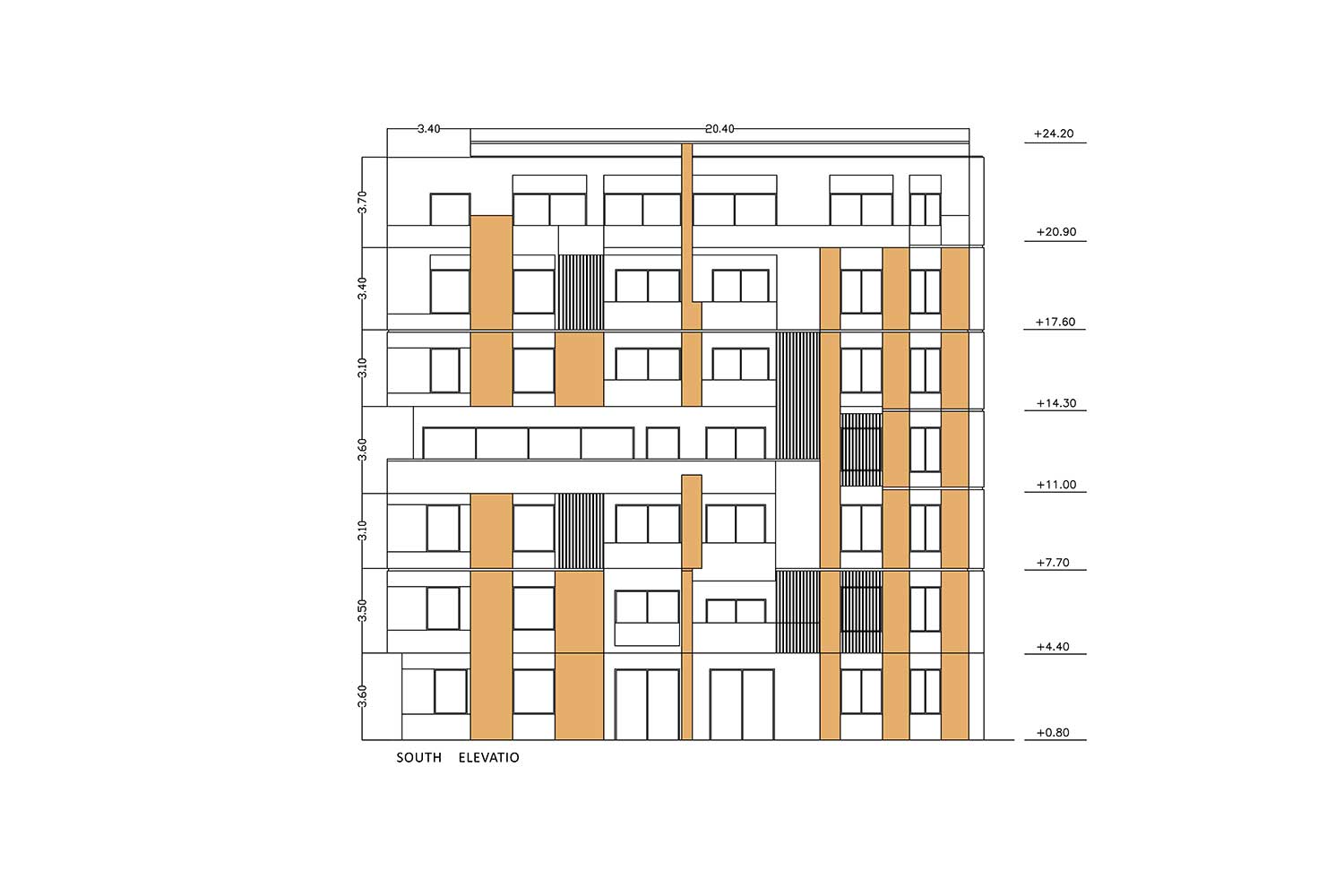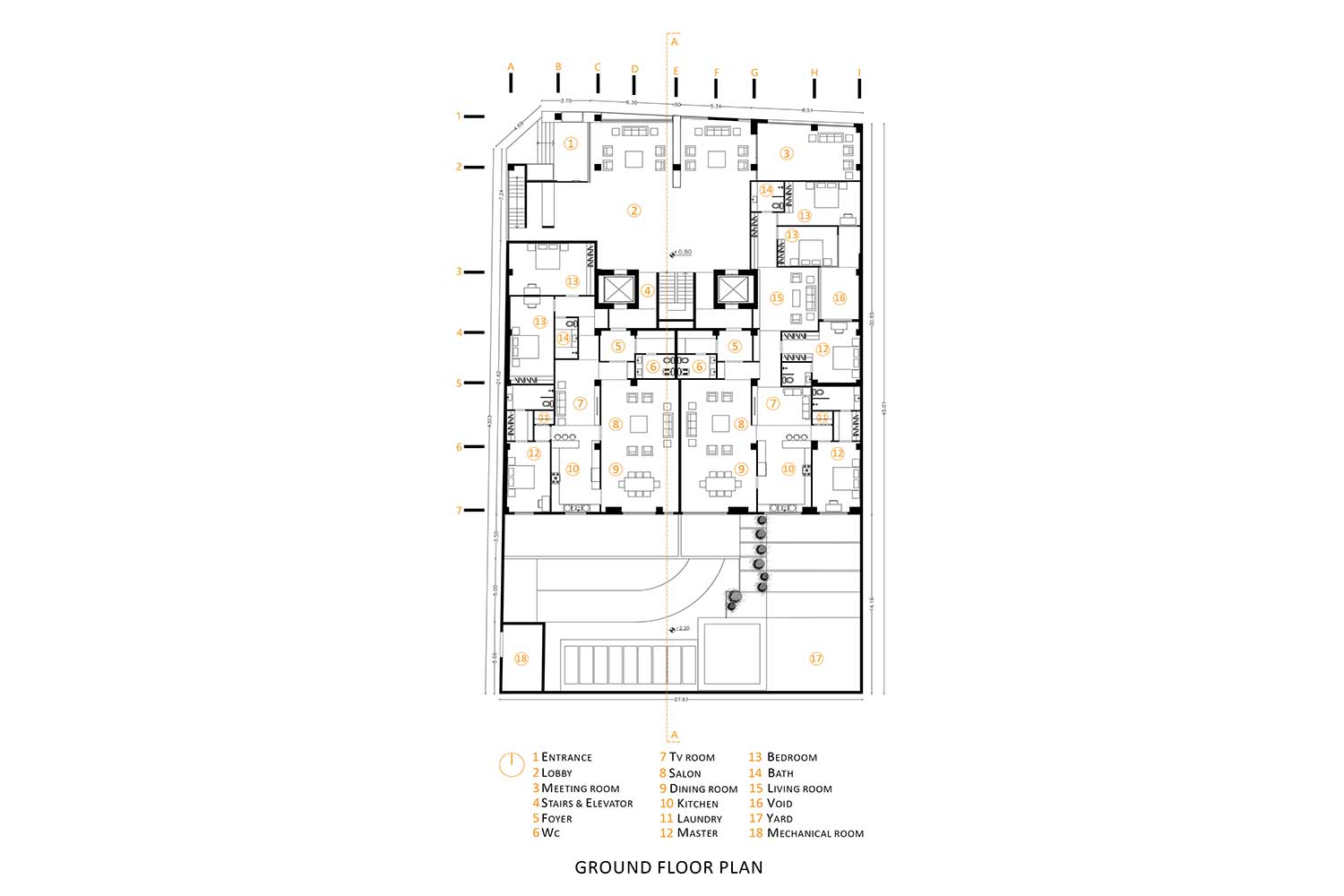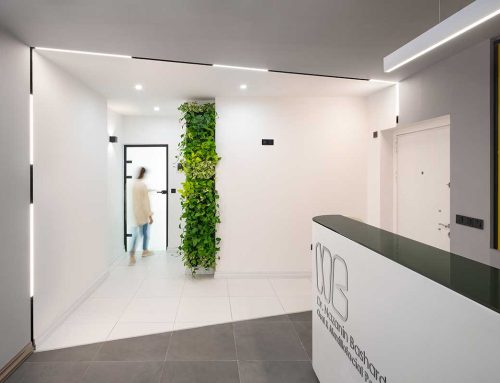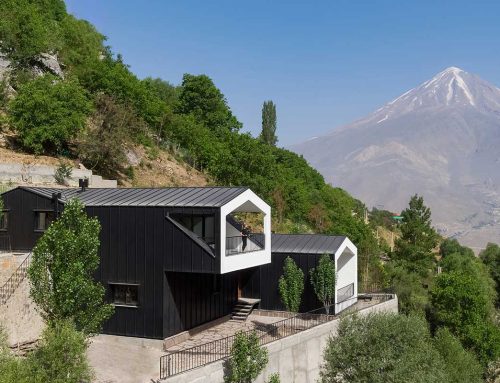خانه اردیبهشت، اثر هومن زندی
فینالیست بخش مسکونی چهارمین جایزهی بین المللی آجر

این پروژه به خاطر همجواری با مادی فرشادی و حاشیه سبز آن از پتانسیل های بی نظیری برخوردار است. قرار گیری آن در محل تقاطع مادی و خیابان اردیبهشت امکان طراحی سه طرفه نما را ایجاد کرد.
کانسپت حجمی طرح در جهت پیوستگی با محیط پیرامون و فرم های موجود در طبیعت به وجود آمد. بنابراین به جای تولید فرم و احجام گوناگون بر روی نما، با ایجاد یک شکاف سرتاسری، عامل پیوند دهنده سه جهت نما با طبیعت را فراهم ساختیم.شکافی که در راستای مادی و محور سبز اردیبهشت شکل گرفت. شکاف در نما و عقب نشینی، علاوه بر دید و منظر ساکنین،امکان چرخش دید عابران به دور نما را میسر ساخت. چیدمان گشودگی ها و ابعاد آن بر اساس محور های دید و منظر مطلوب شهری و بازتاب درختان کهنسال اطراف پروژه بر نما شکل گرفت.آجر به عنوان متریال اصلی در سرتاسر پروژه و نما استفاده شد، انتخابی که در جهت هماهنگی با بستر پروژه بود.
دیوار های آجری پیرامون به جای جداکردن محیط، به عنوان عنصر پیوند دهنده درون و بیرون می باشند. چنین به نظر می رسد که فضای داخلی خانه به حریم درونی شان محدود نمانده بلکه با درختانی که برای پنجره ها سایبان می سازند، ترکیب شده است.استفاده از لوور های متحرک آجری علاوه بر حفظ سادگی و یکپارچگی در نما، میزان روشنایی فضا و حریم خصوصی ساکنین را فراهم می کند.
در نهایت یک خانه آجری ساده، آرام و صمیمی،در کمال همنشینی با بستر خود شکل گرفت.
ساختمان مسکونی اردیبهشت
استودیو رستاک، هومن زندی
محل اجرا : خیابان اردیبهشت ، خیابان نگارستان، مجاور مادی فرشادی
کارفرما : گروه فنی مهندسی محکم کار
تیم طراحی : هومن زندی، گلنار حسینیان، سارا اسکندری
اجرا : استودیو رستاک
نظارت : استودیو رستاک
سازه : فرید عرب زاده
تاسیسات برقی : آقای محمدزاده
تاسیسات مکانیکی : آقای ابطحی
گرافیک : فریبا اکبریان، کیانا طائریان
عکس : کوروش دباغی
Ordibehesht House, Hooman Zandi

This project boasts unparalleled potential due to its proximity to Madi Farshadi and the lush greenery that surrounds it. Its location at the intersection of Madi and Ordibehesht streets has allowed for the creation of a three-dimensional facade design.
The volumetric concept of the design was conceived to seamlessly blend with the surrounding environment and the existing natural forms. Instead of generating various shapes and volumes on the facade, we opted to create a central rift, acting as a unifying element connecting the building’s three sides with nature. This rift was strategically positioned in alignment with Madi Street and the verdant axis of Ordibehesht. Beyond offering picturesque views for the residents, the rift also facilitates changing perspectives for pedestrians as they move around the building.
The arrangement of openings and their dimensions were meticulously designed based on desired urban vistas and the reflection of the mature trees enveloping the project. Brick was selected as the primary material for the entire project and its facade, a deliberate choice made to harmonize with the project’s context.
The brick walls encompassing the structure, instead of segregating it, serve as a connecting bridge between the interior and exterior spaces. This design approach creates an impression that the interior of the house isn’t confined to its inner boundaries but rather elegantly melds with the trees that form canopies for the windows. The utilization of movable brick louvers not only maintains simplicity and unity in the facade but also ensures the desired level of illumination and privacy for the residents.
In conclusion, a simple, tranquil, and intimate brick house has been conceived, in perfect synchronization with its natural surroundings.

